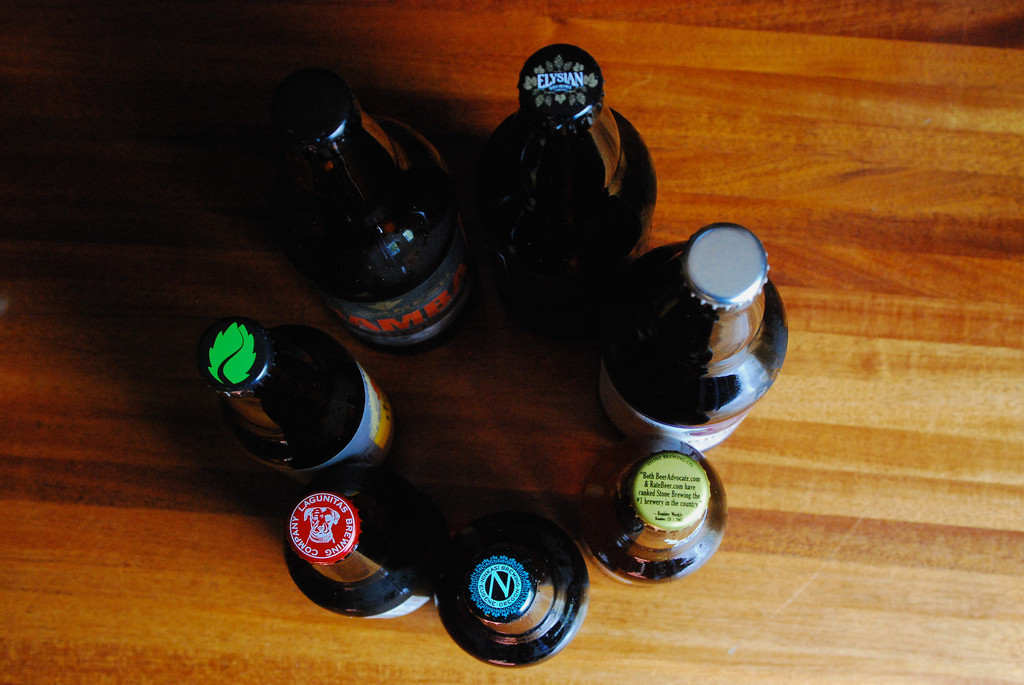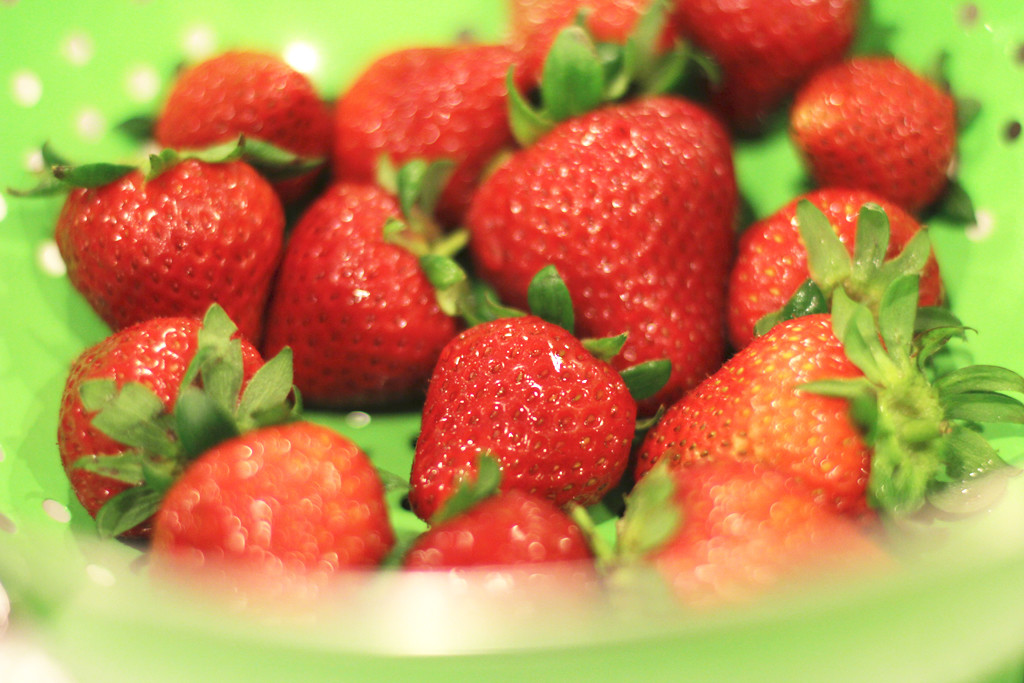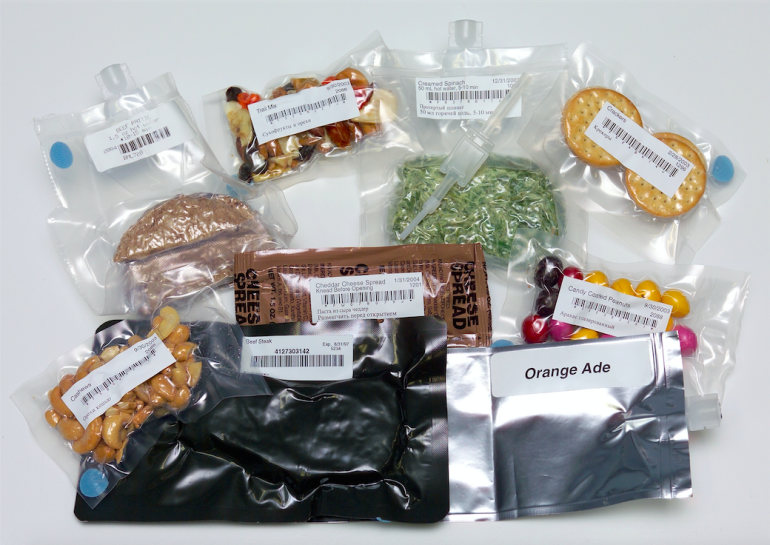NASA develops cutting edge technology to explore the outermost reaches of the galaxy. It’s all very science-y, but don’t think that just because you’re stuck on earth you don’t experience any of its more delicious benefits.
1. Better Rovers Yield Better Coffee

Photo by Gabby Phi
Most people know that beans play a large role in the taste of coffee, but did you know that heat also plays an important role? There’s a huge flavor difference in coffees brewed just two degrees apart, but most coffee makers only control temperature for between five and ten degrees.
Matt Walliser realized that NASA’s PID controllers – which keep rovers moving at a constant speed regardless of terrain – used feedback loops that could be applied to coffee makers to keep the temperature of the beans constant.
Don’t worry though, even if you don’t have the Blossom One coffee maker, you can still get a good cup of joe.
2. Mars Technology Puts Bubbles Into Beer

Photo by Judy Holtz
When beer is fermented, a byproduct of the alcohol is carbon dioxide. Most large beer companies have a machine to capture and store that carbon dioxide, then carbonate the beer later. Smaller craft breweries, however, can’t afford that machine, and have to buy separate carbon dioxide afterwards to carbonate the beer.
The CO2 Craft Brewery Recovery System uses technology originally developed to take things on Mars (especially Martian air, which is 96% carbon dioxide) and turn them into fuel, drinkable water, and oxygen. It’s more affordable and totally automated, and allows microbreweries to repurpose the carbon dioxide for carbonation, saving them lots of money in the process.
3. NASA Enhanced Water Bottle Filters Water on the Go

Photo courtesy of @_graceli_m_ on Instagram
Astronauts spend a long time on the International Space Station and can’t bring all the water they will use with them. NASA developed a complex filtration system to collect and recycle moisture. The filter is strong enough that even urine and sweat can be transformed into drinkable water for the crew.
An entrepreneur took this filtration technology and applied it to a water bottle. The filter eliminates many contaminates, including E. coli (remember that thing contaminating your beloved Chipotle?). This water bottle can be used with basic travel, hiking, and camping, since it can make almost any water source relatively safe for drinking.
4. Sun-Powered Refrigerator

Photo courtesy of Grace C on yelp.com
Developed from technology that was intended to be a source of power for spacecrafts, this fridge is currently in use by trail maintenance crews in Michigan National Parks. There is only electricity source at the park headquarters, so this fridge allows the crew to eat a more varied diet while on trail.
Solar cells power the refrigerator and charge an alternate energy supply for when the sun isn’t available. Now you never have to go without your avocado toast.
5. Preserving Perishables

Photo by Devon Carlson
Technically, people are sort of perishable goods, and the same basic idea that was used to get humans to the moon without perishing was used to extend the lifetime of perishable foods.
Drawing on the experience of engineers who had worked on environmental control for the lunar module, Grumman Corporation developed a way to keep food fresh for weeks without freezing it. This advancement allows food to be shipped fresh using truck, rail, or ship, which is much cheaper than air freight. Thank NASA for your access to out-of-season strawberries.
6. Food Safety

Photo courtesy of io9.com
When sending the first astronauts into space, NASA had to figure out what to feed them. It was super important that the foods wouldn’t produce crumbs that might float into sensitive instruments, and that there was zero chance that the food would contain bacteria or toxins.
The Pillsbury Company was working with NASA to develop food for the astronauts, and they realized that their current method of quality control was not nearly good enough. Pillsbury developed the Hazard Analysis and Critical Control Point (HACCP) concept, which examines the safety of the entire production of food, not just the end result. The HACCP was endorsed by many health agencies and has since been adopted pretty much everywhere in the United States. Yay for food safety!
NASA’s technological developments have had large effects on our life on earth, both in and out of the food industry, improving health, leisure, and so much more. Thanks NASA!


